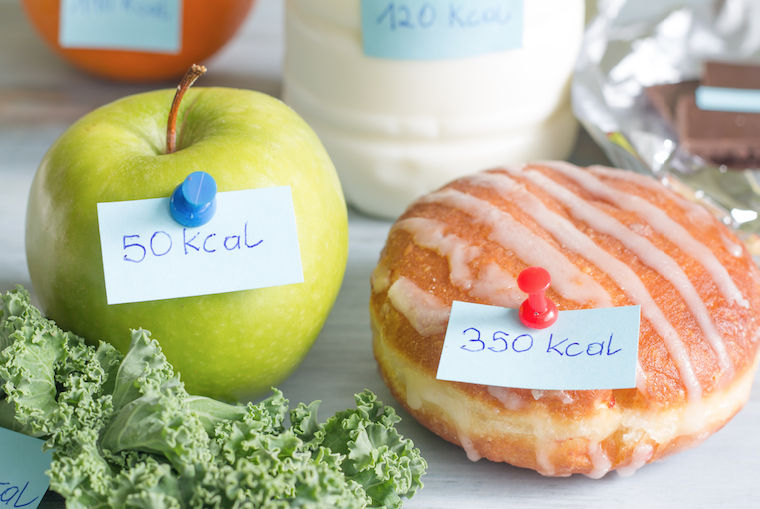
Losing weight may be the greatest battle that you fight in your lifetime. Experts speculate that a wide variety of issues affect how people gain and lose weight, yet gauging how to tip your energy balance is a great way to move the scale in your favor.
The first step in losing unwanted pounds is to determine how many calories you must consume each day to maintain your current weight. To do so, multiply your current weight by 15 (roughly the number of calories per pound per body weight needed to maintain your weight, if you are moderately active). Being moderately active means engaging in 30 minutes of physical exercise daily, such as a brisk walk, using an elliptical machine or climbing stairs.
Here’s an example: A woman who is 5 feet 4 inches tall and weighs 155 pounds must lose 15 pounds to be within a healthy weight range. Multiplying 155 by 15 yields 2,325 calories per day; that is the number of calories that the woman must eat to maintain her weight. If she wants to lose one to two pounds per week, she should eat 500 to 1,000 calories less (1,325 to 1,825). If she is not active, she should incorporate exercise into her routine.
Counting Calories
Counting calories to hit your target consumption goal does not need to be difficult. Here are some ways to do so:
- Avoid high fat or processed packaged foods and snacks.
- Add up the number of calories per serving of all the foods that you consume and then plan your meals around your target calorie total. To do so, read food and drink labels and pay close attention to serving sizes. Also, ask for nutrition information when eating out
- Eat meals that are low in calories at regular intervals. Plan your meals and snacks for specific times of the day and stick with this game plan.
- Cook with lean cuts of meat.
- Choose foods that are filling, yet low in calories, such as whole grains, fruits, and vegetables.
- Avoid eating fried foods—instead, cook in pans lightly coated with cooking spray or braise foods with wine or broth. Baking, broiling, and roasting are other methods for cooking that add no fat to the meal.
- Eat low-fat or fat-free dairy products, to get protein and calcium without the fat.
- Avoid fast foods that are high in calories and are portioned larger than what an average adult needs to consume for one meal.
- Avoid drinking soda, fruit juices and alcohol that are all high in calories. Opt for water, skim milk or diet soda instead.
- Avoid prepared “low calorie” meals (often frozen) that are high in sodium—focus on eating fresh foods.
- Eat fewer carbohydrates. Calories from carbs add up quickly—consuming fewer carbs will speed up your weight loss.















